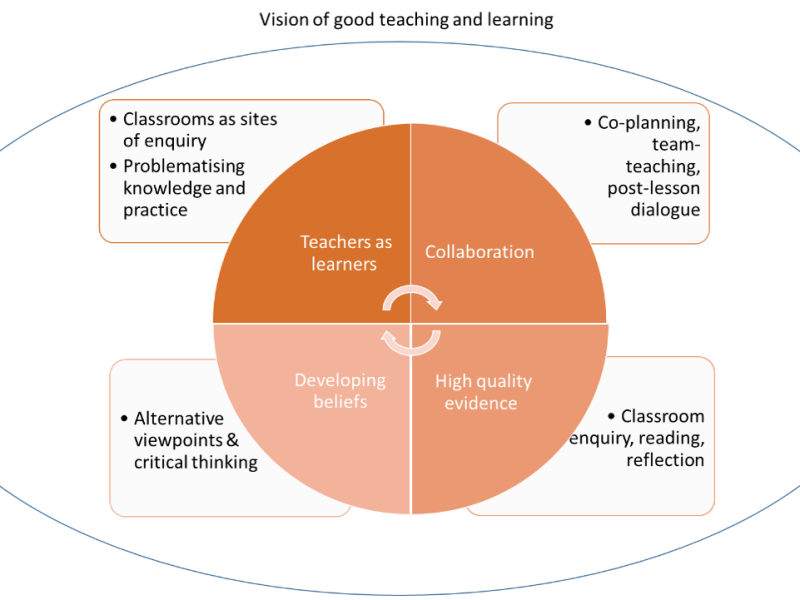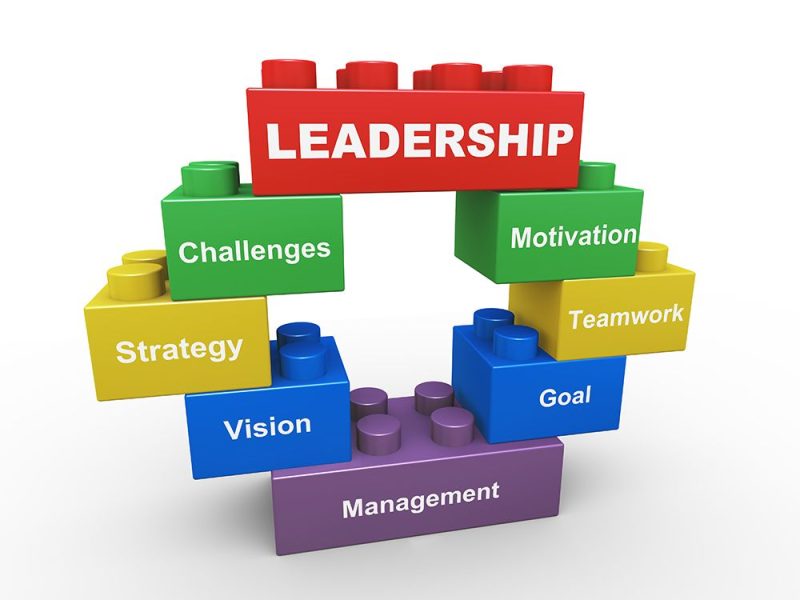In recent years, educational technology has undergone a dramatic transformation, revolutionizing the way students learn and teachers teach. As we look towards the future, new trends and innovations are emerging that promise to further shape the landscape of education. In this article, we will explore some of the key trends in educational technology that are set to make a significant impact in the years to come.
1. Personalized Learning
Personalized learning is a trend that has gained traction in recent years, as educators seek to tailor instruction to the individual needs and strengths of each student. By leveraging technology such as artificial intelligence and machine learning, educators can create customized learning experiences that adapt to the pace and preferences of each student. This not only fosters a deeper understanding of the material but also keeps students engaged and motivated to learn.
2. Virtual and Augmented Reality
Virtual and augmented reality are technologies that have enormous potential in the field of education. By immersing students in virtual environments or overlaying digital information onto the physical world, these technologies can bring subjects to life in ways that traditional teaching methods cannot. From exploring historical sites to conducting virtual experiments, the possibilities for using VR and AR in education are virtually endless.
3. Gamification
Gamification is another trend that is gaining popularity in education, as educators look for new ways to engage students and promote active learning. By incorporating game elements such as points, badges, and leaderboards into educational activities, instructors can make learning more interactive and enjoyable. This not only motivates students to participate more actively but also fosters a spirit of friendly competition and collaboration.
4. Artificial Intelligence
Artificial intelligence is poised to revolutionize education in a multitude of ways, from automating administrative tasks to providing personalized tutoring and feedback. AI-powered systems can analyze vast amounts of data to identify patterns and trends in student performance, allowing educators to tailor instruction to meet the needs of each individual student. By leveraging AI, education can become more efficient, effective, and accessible for all learners.
5. Remote and Blended Learning
The COVID-19 pandemic has accelerated the adoption of remote and blended learning models, as schools and universities were forced to quickly shift to online instruction. While the pandemic highlighted the challenges of remote learning, it also underscored the benefits of incorporating technology into education. Moving forward, we can expect to see a continued emphasis on flexible learning models that combine in-person and online instruction, allowing students to learn anytime, anywhere.
6. Data-driven Decision Making
Data-driven decision-making is becoming increasingly important in education, as schools and institutions seek to improve student outcomes and optimize resources. By collecting and analyzing data on student performance, attendance, and engagement, educators can identify areas for improvement and make informed decisions about curriculum development and instructional strategies. This data-driven approach not only helps to personalize learning but also ensures that resources are allocated efficiently to support student success.
Conclusion
As we look towards the future of educational technology, the possibilities are endless. From personalized learning to virtual reality, AI, and data-driven decision-making, new trends and innovations are reshaping the way we teach and learn. By staying abreast of these trends and leveraging technology to its fullest potential, educators can create engaging, effective, and inclusive learning experiences that prepare students for success in the digital age.


